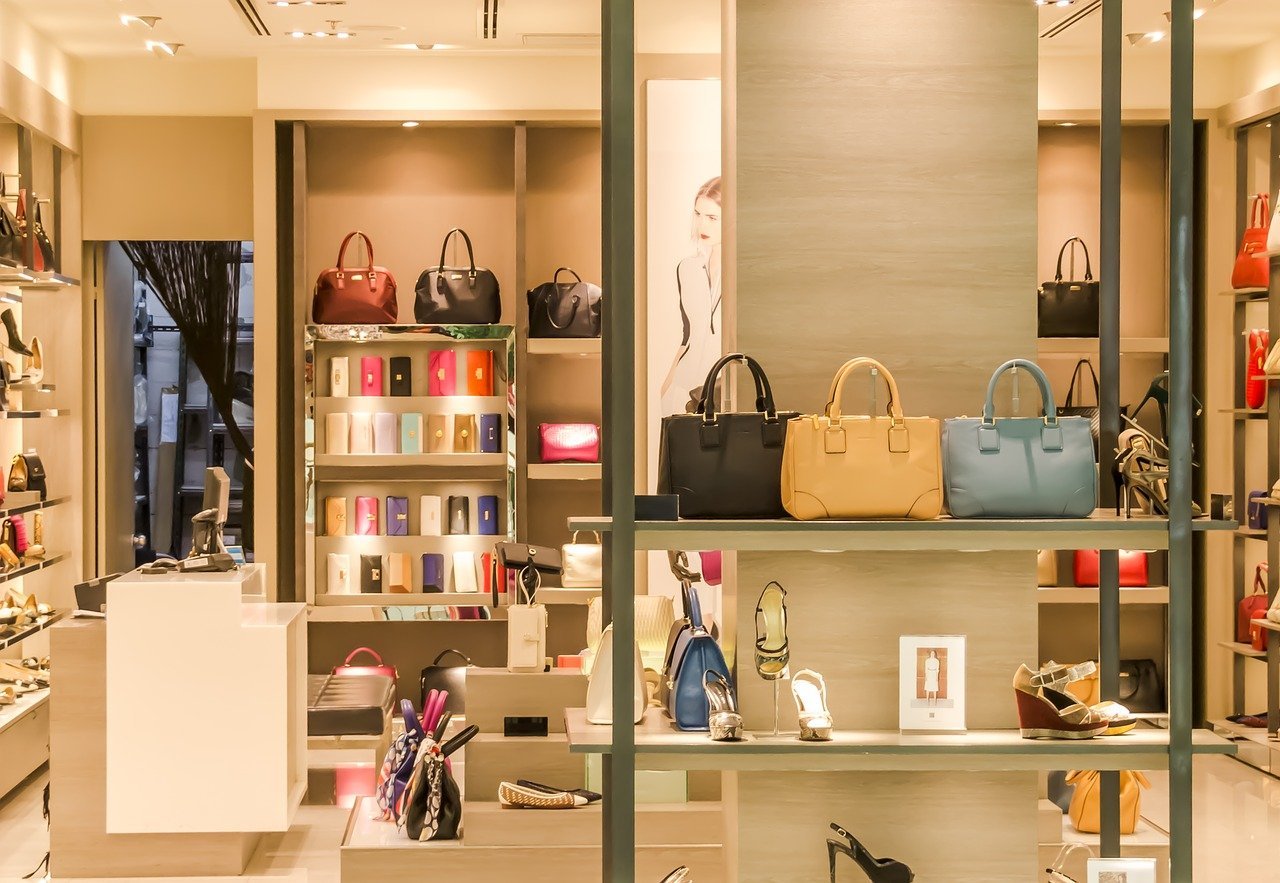
How Retailers Are Reinventing the Shopping Experience: Insider Tips, Proven Techniques, and Game-Changing Ideas
The retail industry is undergoing a dramatic transformation, driven by technological advancements, shifting consumer behaviors, and increased competition from e-commerce giants.
To stay ahead, retailers must embrace innovation and rethink the traditional shopping experience.
This article explores insider tips, proven techniques, and game-changing ideas that are helping retailers reinvent the shopping journey and create unforgettable customer experiences.
1. The Power of Omnichannel Retail
One of the biggest shifts in retail has been the rise of omnichannel shopping experiences.
Customers no longer rely solely on in-store visits; instead, they move seamlessly between physical stores, websites, mobile apps, and social media platforms.
Successful retailers understand that consistency is key and ensure a unified experience across all channels.
Proven Techniques:
- Implementing buy online, pick up in-store (BOPIS) services to blend convenience with instant gratification.
- Using AI-driven chatbots to provide personalized assistance across digital touchpoints.
- Creating mobile-friendly, fast-loading e-commerce websites to keep up with consumer expectations.
Retailers like Sephora and Nike have mastered omnichannel experiences by integrating physical and digital shopping, ensuring that customers can engage with their brand effortlessly at every stage.
2. Personalization Through AI and Big Data
Shoppers expect tailored experiences, and artificial intelligence (AI) and big data are revolutionizing how retailers meet this demand.
Retailers now analyze consumer data to anticipate preferences, recommend products, and optimize pricing strategies.
Insider Tips:
- Leverage predictive analytics to anticipate future customer needs based on past behaviors.
- Use AI-powered recommendation engines (like Amazon and Netflix) to suggest products that customers are more likely to buy.
- Implement dynamic pricing strategies to adjust prices in real time based on demand and competition.
Companies like Amazon and Zara have perfected data-driven personalization, ensuring that every customer feels understood and valued.
3. Experiential Retail: Turning Stores into Destinations
Brick-and-mortar stores are no longer just about transactions—they’re evolving into experience-driven destinations.
Customers seek memorable interactions, and retailers who deliver immersive experiences gain a competitive edge.
Game-Changing Ideas:
- Hosting in-store events, workshops, and product demonstrations to engage customers.
- Creating interactive displays and smart fitting rooms to merge technology with shopping.
- Designing Instagrammable spaces that encourage shoppers to share their experiences online.
Brands like Apple and Lululemon have redefined retail spaces by making their stores places where customers can explore, test, and engage with products in unique ways.
4. Contactless and Cashless Shopping Innovations
The pandemic accelerated the demand for contactless and cashless payment solutions, making them a permanent part of the retail landscape.
Digital wallets, QR codes, and even checkout-free stores are becoming the new norm.
Proven Techniques:
- Adopting self-checkout kiosks and mobile payment options to reduce wait times.
- Implementing RFID and NFC technologies to streamline inventory management and checkout.
- Investing in frictionless checkout models like Amazon Go, where customers can walk in, grab products, and leave without standing in line.
These innovations not only enhance customer convenience but also reduce operational costs and boost efficiency.
5. Augmented Reality (AR) and Virtual Reality (VR) Shopping
Augmented reality (AR) and virtual reality (VR) are transforming the way consumers interact with products before making a purchase.
AR allows shoppers to visualize products in their homes, while VR creates immersive brand experiences.
Insider Tips:
- Retailers like IKEA and Wayfair use AR apps that let customers preview furniture in their living spaces before buying.
- Beauty brands like L’Oréal and MAC Cosmetics offer AR-powered virtual try-ons for makeup products.
- Fashion retailers are investing in virtual fitting rooms, reducing the need for physical try-ons and returns.
These technologies not only improve customer confidence but also reduce return rates—a major cost for online retailers.
6. Sustainable and Ethical Shopping Trends
Modern consumers are increasingly aware of sustainability and ethical shopping, influencing their purchase decisions.
Retailers are adapting by offering eco-friendly products and transparent sourcing.
Game-Changing Ideas:
- Using biodegradable packaging and carbon-neutral shipping to attract eco-conscious consumers.
- Offering second-hand and upcycled product lines (like Patagonia’s Worn Wear and Levi’s SecondHand).
- Providing blockchain-based transparency to show where products come from and how they are made.
Sustainability is no longer just a trend—it’s a necessity that builds brand trust and loyalty.
7. Subscription and Membership Models
Retailers are embracing subscription and membership models to increase customer retention and predictable revenue streams.
From fashion to groceries, subscriptions offer convenience and exclusive perks.
Proven Techniques:
- Brands like Amazon Prime and Costco use memberships to provide exclusive discounts and benefits.
- Stitch Fix and Birchbox offer curated, personalized shopping experiences through subscription boxes.
- Restaurants and grocery stores are introducing meal kit subscriptions and recurring delivery services.
By fostering long-term relationships, retailers can ensure repeat business and customer loyalty.
Final Thoughts
Retail transformation is no longer an option—it’s a necessity for survival in a rapidly evolving landscape.
By embracing omnichannel experiences, AI-driven personalization, experiential retail, contactless shopping, AR/VR innovations, sustainability, and subscription models, retailers can stay competitive and meet the ever-changing expectations of modern consumers.
The future of retail belongs to those who innovate, adapt, and place the customer experience at the center of their strategy. Will your business be one of them? 🚀


